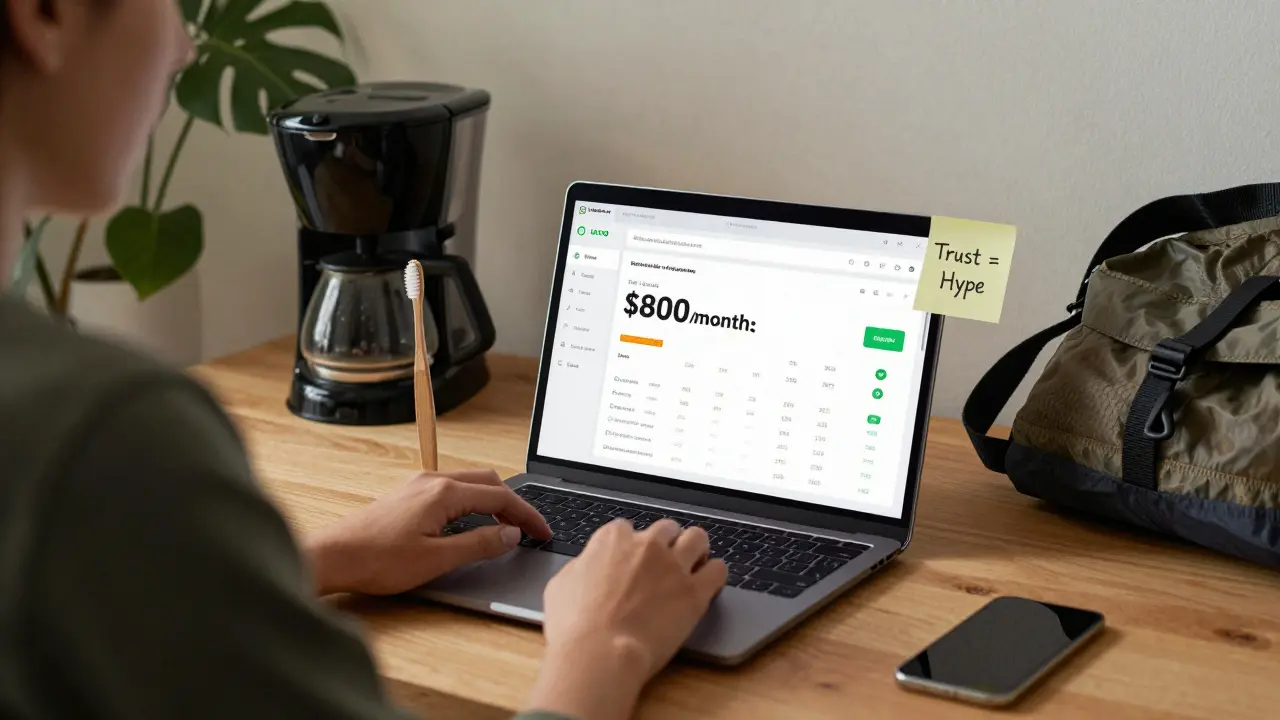Affiliate programs: How to pick, promote, and profit
Want income without building a product? Affiliate programs let you earn by promoting other people's offers. Done right, they give steady checks while you focus on content and traffic. Done wrong, you waste time on low-converting links. Read this for clear steps you can use today.
First, choose the right programs for your audience. Look for three hard numbers: commission rate, cookie length, and average earnings per click (EPC). A 30% commission on a $50 product sounds nice, but if the cookie lasts 24 hours and your audience buys slowly, you’ll miss sales. SaaS with monthly recurring commissions often beats a one-time 50% payout if your traffic takes time to convert.
How to promote: formats that work
Create content that answers real questions. Top formats are how-to guides, in-depth reviews, comparison posts, and tutorials that include step-by-step screenshots or videos. Readers searching “best X for Y” are already close to buying, so optimize those posts for long-tail keywords and include clear affiliate call-to-actions. Use email to warm people up—send helpful tips first, then recommend products when it makes sense.
Use social for reach and quick tests. Short demo videos, carousel posts, and pinned threads work well. If you run ads, test a low-budget funnel first: a free lead magnet, then a review sequence that pushes the affiliate. Always add UTM tags so you know which channel actually makes sales.
Tools, tracking, and testing
Track everything. Use the affiliate dashboard plus Google Analytics and UTM parameters. Monitor clicks, conversion rate, and revenue per thousand visitors (RPM). If conversion rate is low, change the headline, swap images, or try a different CTA. Small A/B tests reveal big improvements fast.
Use tools to save time: link management plugins to cloak and track links, simple landing page builders for focused offers, and AI to draft outlines and captions. But always edit AI output—add your own experience and real examples. Readers trust specific details, like the exact setup steps or a screenshot of the product working for you.
Watch for common mistakes. Don’t overload a page with dozens of links—that lowers trust and confuses readers. Be transparent: a short disclosure builds credibility and often lifts conversions. Avoid shady programs with vague terms or slow payouts. Check payment methods and minimum thresholds before you promote heavily.
Start small: pick one niche, choose three solid offers, write two cornerstone posts (an honest review and a how-to), and set up a simple email welcome series. Measure results for 30 days, double down on what works, and drop what doesn’t. With consistent tracking, honest content, and a focus on your audience’s problems, affiliate programs can become a reliable revenue stream.


